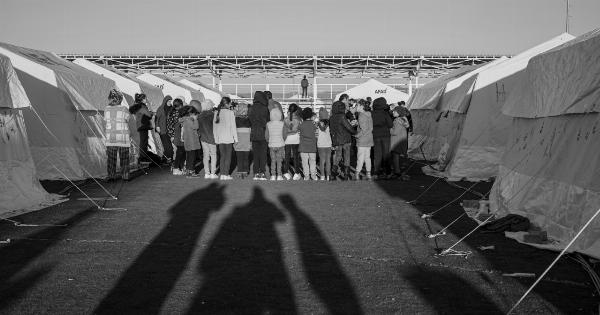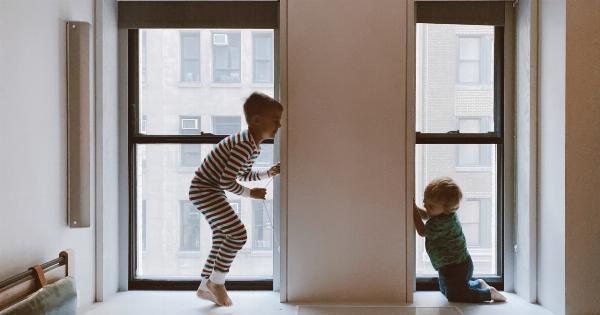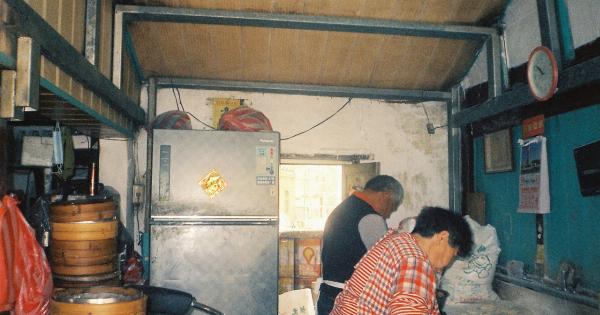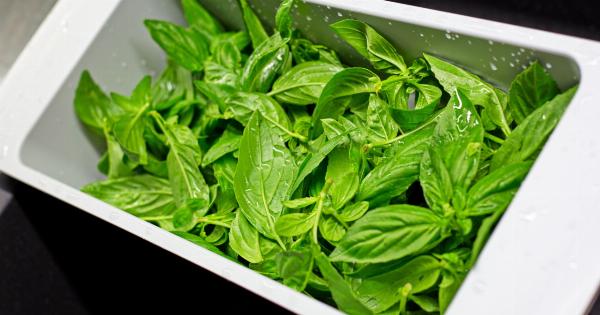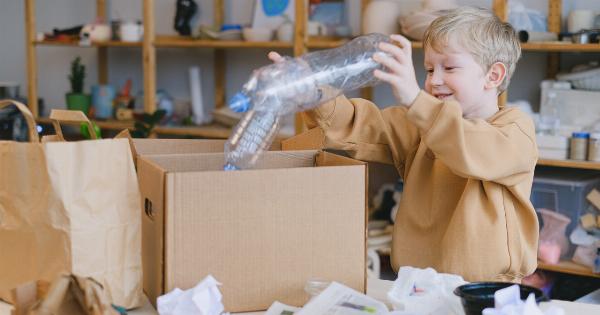As parents, keeping our children safe is always a top priority.
We childproof our homes, install safety gates, and cover electrical outlets, but what about the hidden dangers lurking in our everyday household products? Many common household chemicals can pose serious risks to our children if not handled and stored properly. In this article, we will explore some of these dangerous chemicals and provide essential information to help parents protect their little ones.
1. Cleaning Products
While cleaning products play a vital role in maintaining a clean and germ-free home, many of them contain harmful chemicals.
Common household cleaners like bleach, window cleaners, and drain cleaners can cause severe eye and skin irritation if they come into contact with your child’s delicate skin. Ingestion of these chemicals can lead to poisoning and even life-threatening complications.
To protect your child, store all cleaning products out of reach in a locked cabinet. Never leave cleaning products unattended and be cautious when using them around children.
2. Laundry Detergents
Laundry detergents, especially pod detergents, pose a significant threat to young children. These colorful, candy-like pods can be tempting for curious little ones and can result in serious complications if ingested.
The concentrated chemicals in detergent pods can cause chemical burns to the mouth, throat, and digestive tract.
Always store laundry detergents, especially pods, in a high cabinet or locked container. Make sure to keep them away from children to prevent accidental ingestion.
3. Medications
Medications are essential for maintaining our health, but they can be extremely dangerous if improperly stored or ingested by children.
Many medications, both prescription and over-the-counter, contain chemicals that can cause severe reactions in small bodies.
Always keep medications in childproof containers and store them in a locked cabinet or high shelf out of your child’s reach. Remember to never refer to medication as “candy” to avoid accidental ingestion.
4. Pesticides
Pesticides are commonly used to eliminate pests and insects, but they contain toxic chemicals that can be harmful to both humans and animals.
Children are particularly vulnerable to the toxic effects of pesticides due to their smaller size and developing bodies.
When using pesticides, ensure that your child is out of the area and keep them away from treated surfaces until they are dry. Always follow the instructions carefully, use protective gear, and store pesticides in a secure location.
5. Lead-based Paint
Lead-based paint was commonly used in older homes and buildings. When this paint deteriorates, it can create lead dust or chips, which pose a severe health risk when ingested or inhaled.
Children often find lead-contaminated dust on windowsills, floors, and other surfaces, putting them at risk of lead poisoning.
If you live in an older home, have it inspected for lead-based paint. If found, take immediate steps to remediate the issue and ensure your child’s safety by thoroughly cleaning all surfaces and keeping them dust-free.
6. Air Fresheners
We all want our homes to smell fresh and inviting, but many air fresheners contain harmful chemicals such as phthalates and volatile organic compounds (VOCs).
These chemicals can trigger allergies, irritate the respiratory system, and even have adverse effects on hormone function.
Opt for natural alternatives such as essential oils or natural herb sachets to freshen the air in your home. When purchasing air fresheners, always read the labels and choose products without harmful chemicals.
7. Cosmetics and Personal Care Products
Many cosmetics and personal care products, including shampoos, lotions, and makeup, contain chemicals that can be harmful to children.
Ingredients like parabens, phthalates, and formaldehyde can cause skin irritations, allergic reactions, and hormone disruption.
When purchasing these products, opt for natural and organic alternatives. Always read the labels and avoid products containing harmful chemicals that can pose risks to your child’s health.
8. Art Supplies
Art supplies like paints, glues, and solvents often contain toxic substances like lead, solvents, and volatile organic compounds. Children may accidentally ingest these substances or inhale their fumes while exploring their creativity.
Always supervise your child during art activities and ensure they use non-toxic, child-friendly art supplies. Store art materials out of reach and teach your child about the potential dangers of ingesting or inhaling these substances.
9. Drain Cleaners
Drain cleaners are powerful products designed to dissolve clogs, but their ingredients can cause burns and severe irritation if exposed to the skin or eyes. The fumes they emit can also irritate the respiratory system.
Keep drain cleaners securely locked away and ensure they are out of reach of children. If using them, keep your child away from the area and dispose of any used materials properly.
10. Insecticides
Insecticides are often used to eliminate pests such as ants, mosquitoes, or roaches. However, these products contain toxic chemicals that can be harmful if ingested, inhaled, or even absorbed through the skin.
When using insecticides, always follow the instructions provided, and keep your child away from the treated areas until they are considered safe. Store insecticides in a secure location out of your child’s reach.
Conclusion
Being aware of the dangerous chemicals present in our everyday household products is crucial for every parent.
By taking appropriate precautions and storing these chemicals safely, we can reduce the risk of accidental exposure and keep our children safe. Remember to always read the labels, choose safer alternatives, and teach your children about the potential dangers of these chemicals. Together, we can create a safer environment for our little ones.

